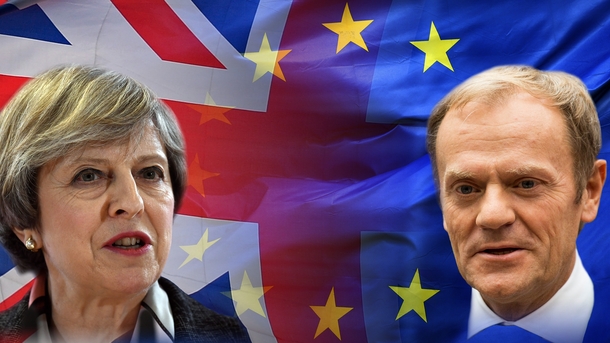The UK votes for Brexit in the EU referendum by 51.9% to 48.1%, prompting then-prime minister David Cameron to resign and be replaced by Theresa May.
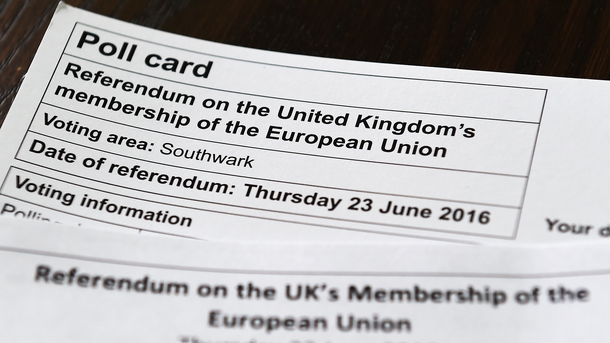
Theresa May May gives a speech at Lancaster House setting out the Government's 12-point "Plan for Britain" and her negotiating red lines, ruling out membership of the EU's single market and customs union.
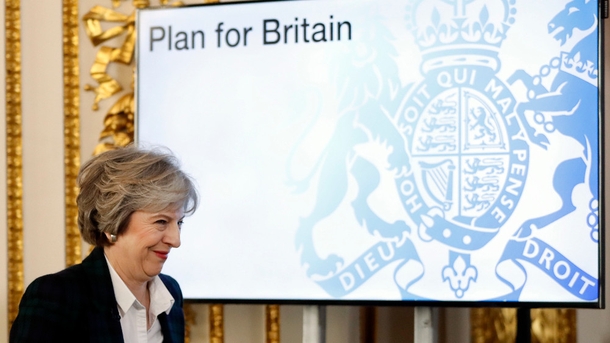
Britain's parliament gives final approval to a bill empowering Mrs May to trigger Article 50 of the EU treaty which lays out the process for leaving the union.

The PM triggers Article 50 of the Lisbon Treaty, which formally kick-starts a two-year countdown to the UK exiting the EU.
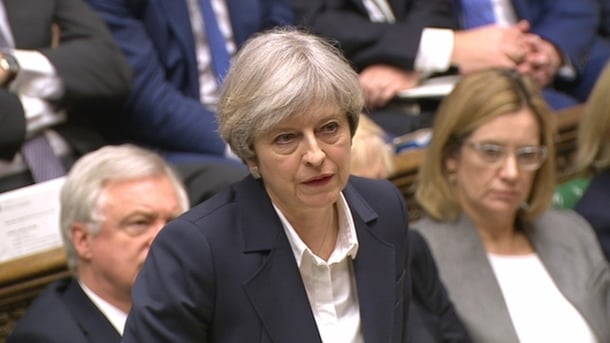
After calling a snap general election to increase her authority, Theresa May loses her parliamentary majority and has to make a deal with the DUP to stay in power.
The issue of British guarantees to keep an open border between Northern Ireland and the Republic of Ireland after Brexit becomes a key sticking point in negotiations.
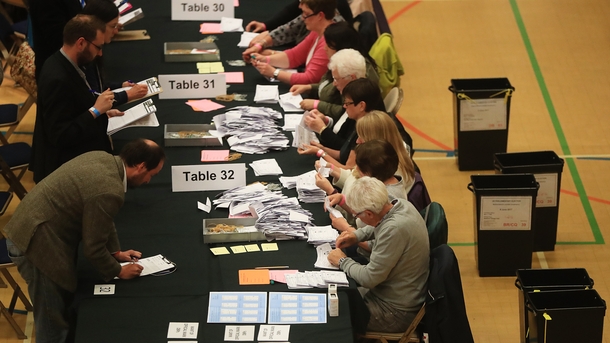
Rebel Tory MPs inflict a major defeat on the Government, forcing them to guarantee the Commons a vote on the final Brexit deal.
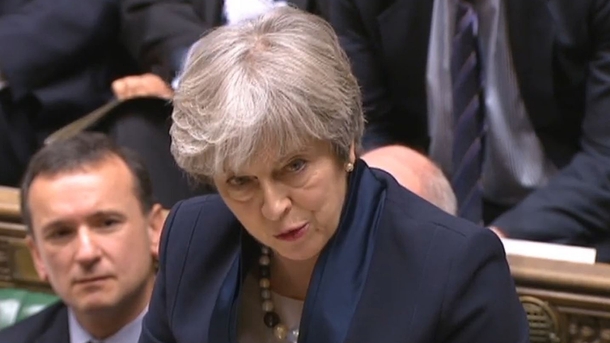
Two days later the first part of the negotiations is completed after a deal is reached on the "divorce bill", and the so-called Northern Irish "backstop" is first agreed upon.
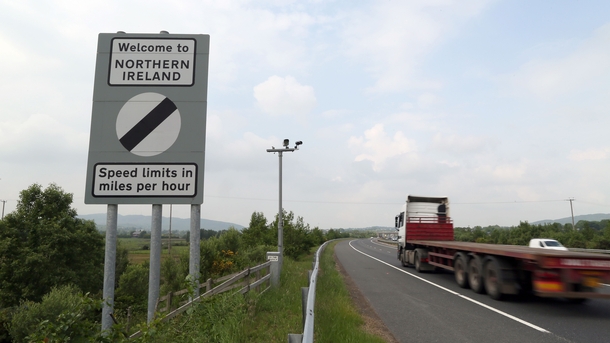
Theresa May gives her second big Brexit speech, this time at Mansion House, outlining her "five tests" for the UK's future economic partnership with the EU.
Taoiseach Leo Varadkar said he was concerned that she did not fully recognise the implications of leaving the EU's customs union and single market.
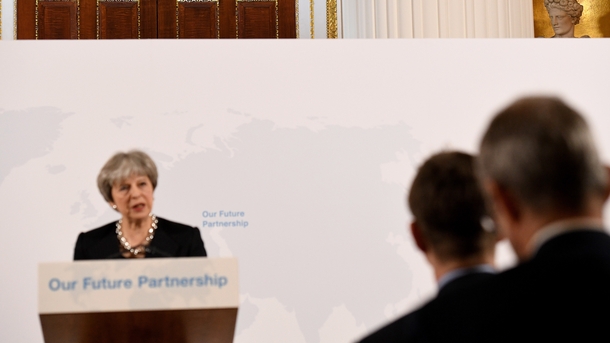
A draft Withdrawal Agreement is published, which Michel Barnier and David Davis call a "decisive step" in the Brexit process, setting out the transition period, citizens' rights and plans for fishing.
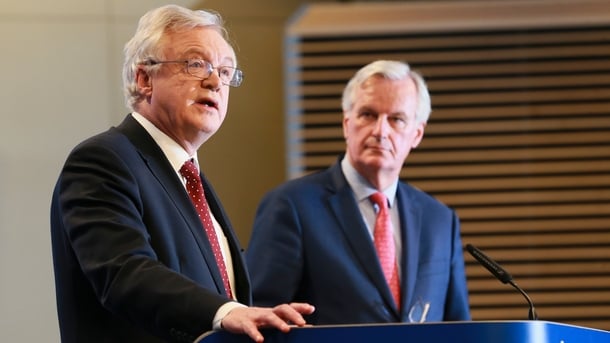
After The European Union (Withdrawal) Bill becomes law at the end of June, Mrs May takes her Cabinet to Chequers to sign off a collective position for the future Brexit negotiations with the EU.
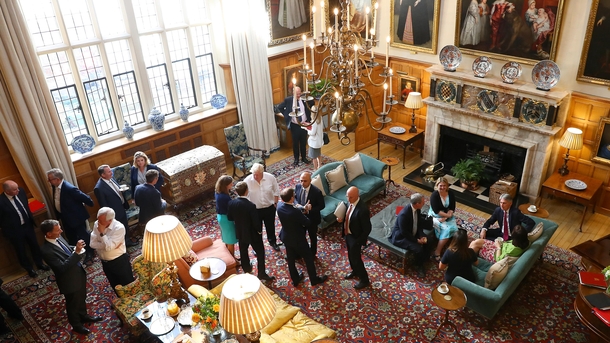
Brexit Secretary David Davis resigns over the so-called "Chequers Plan" to be replaced by Dominic Raab, with Foreign Secretary Boris Johnson following him out of Cabinet several days later.
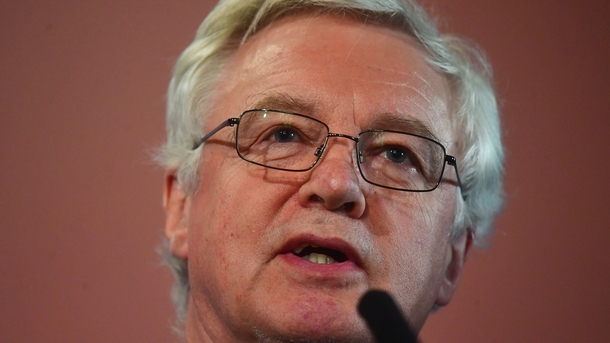
At a meeting of European leaders in Salzburg, Theresa May was delivered a blow as they rejected her proposals out of hand, and EU Council chief Donald Tusk mocked her on Instagram.
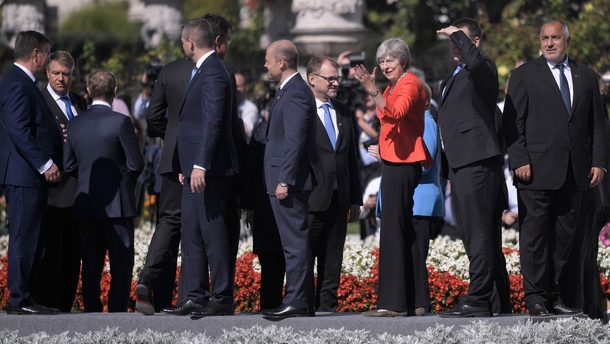
A 599-page draft Withdrawal Agreement is published after unanimous approval by the EU, but the terms of the backstop to prevent a hard border in Ireland spark anger among Brexiteers and the DUP.
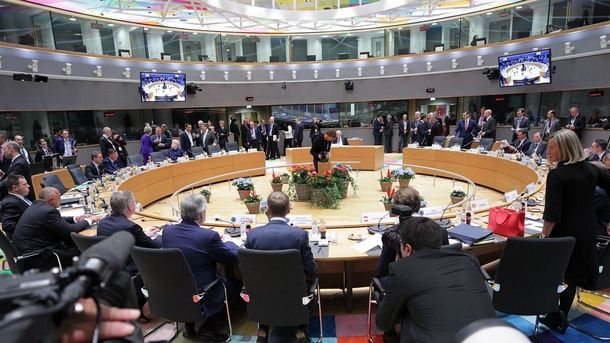
Mid-way through a five-day debate on the Brexit deal, as it became clear she would lose heavily, Theresa May pulls the vote and postpones it until the week of 14 January 2019.
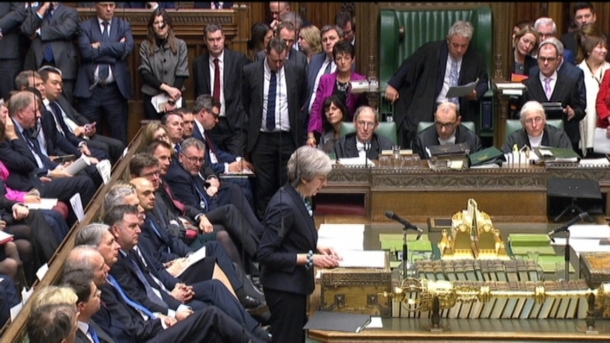
In response, enough discontented Tory MPs write letters of no confidence to reach the threshold for a vote in her leadership, which she wins by 200 to 117 the following day.
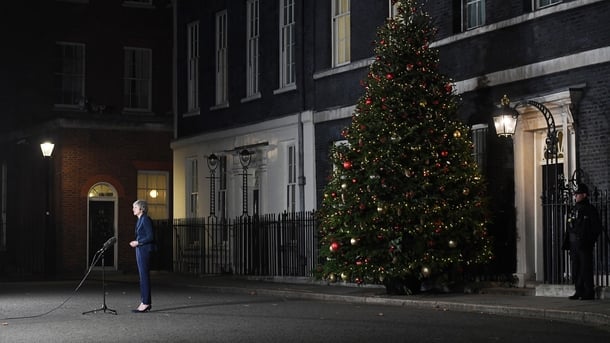
The European Commission starts implementing its "no deal" Contingency Action Plan, covering 14 areas where UK withdrawal without a deal would create "major disruption for citizens and businesses" in the remaining 27 EU states.
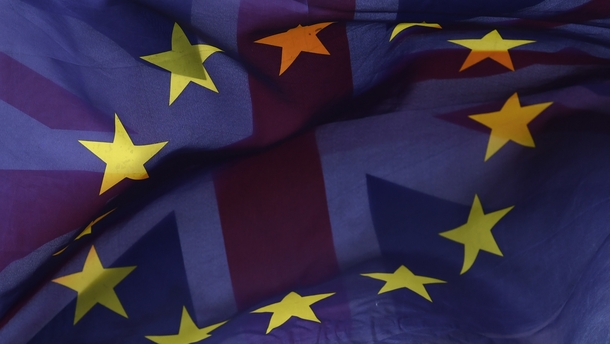
After returning from the Christmas break, MPs begin five days of debate on the PM's deal.
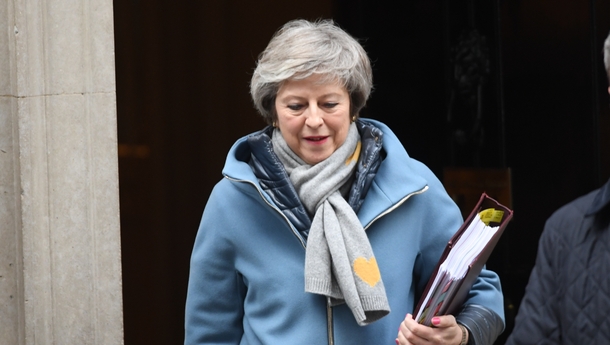
Donald Tusk and European Commission president Jean-Claude Juncker release a letter offering "clarifications" to the withdrawal agreement.
Braced for a crushing defeat in the Commons, the PM warns Tory MPs that opposing her risks handing the keys of No 10 to Jeremy Corbyn. The House of Lords votes 321-152 in opposition to her deal.
